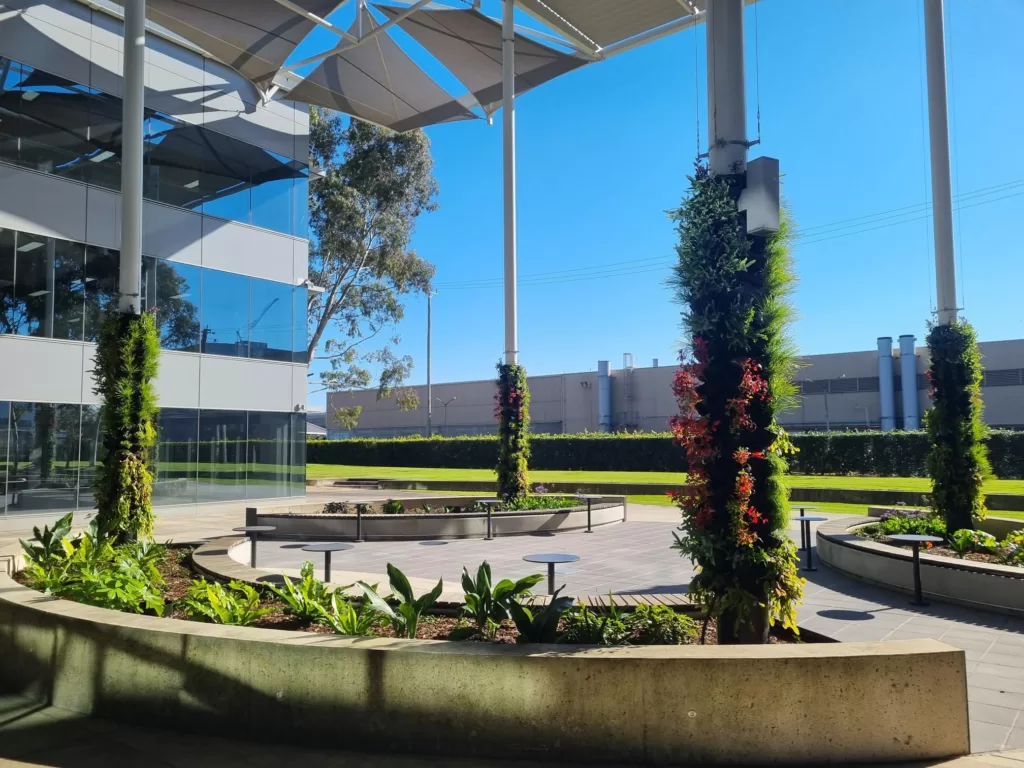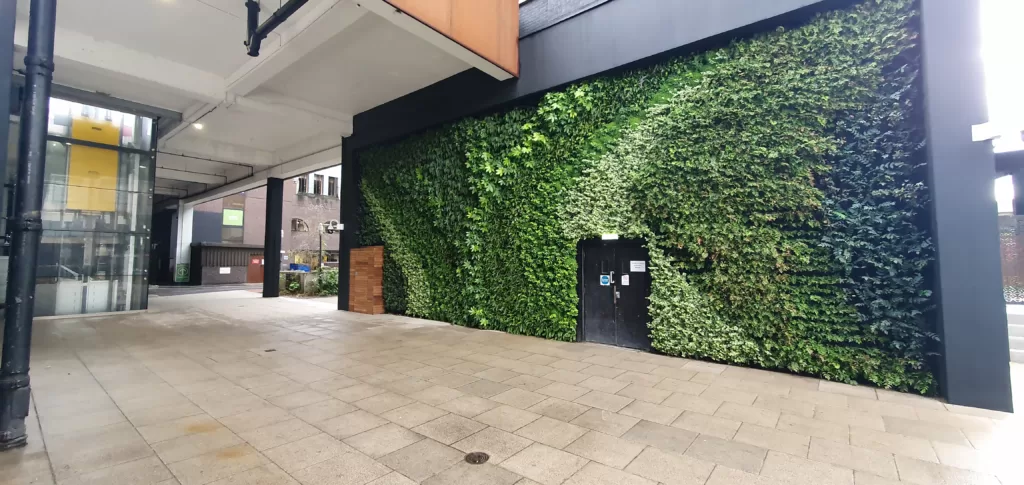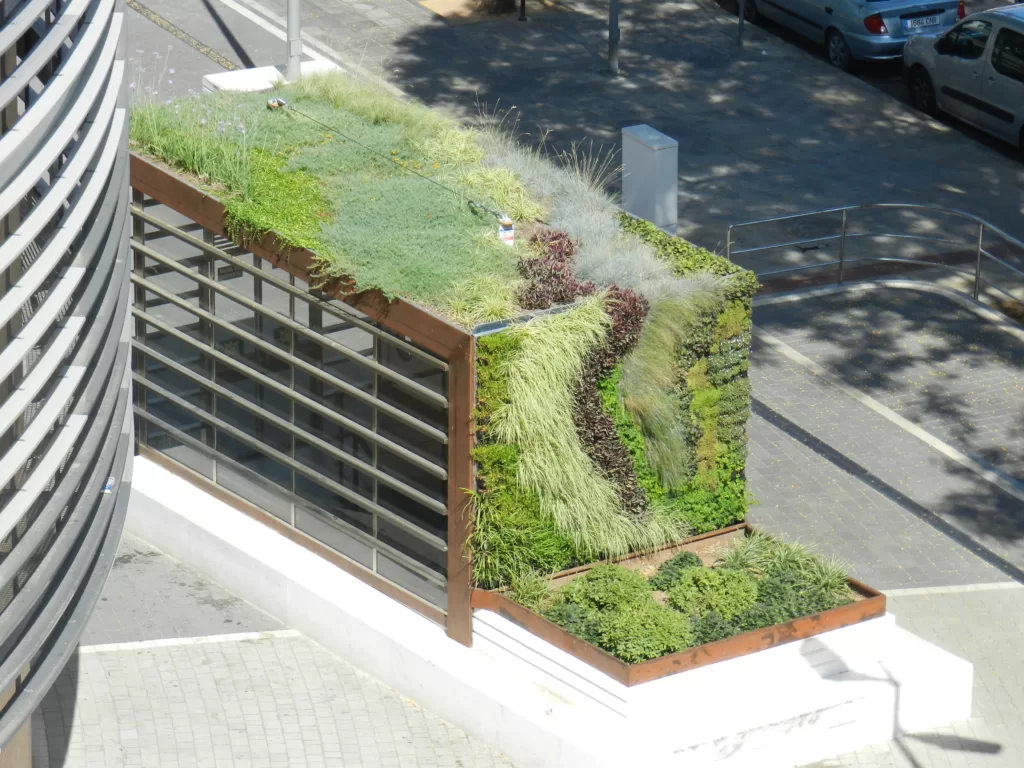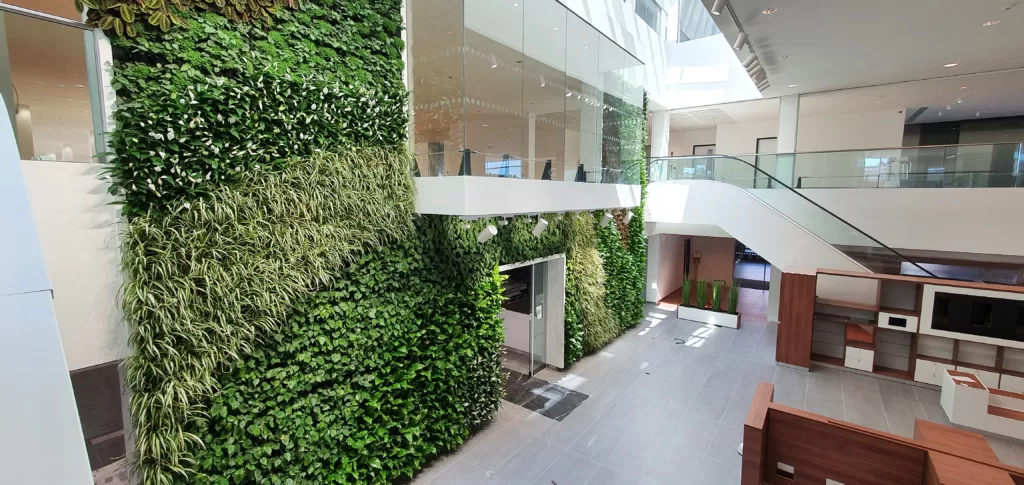Posted by Ashley Carlton on Tue, Jul 07, 2015 @ 11:27 PM
Raising The Roof on Urban Landscape Design: Greenroof Future
Raising The Roof on Urban Landscape Design: Greenroof Future
As humans, we focus on what we see every day. It stands to reason that much of the discussion of urban canopy and landscape projects and developments take place at ground and subterranean level.
With each passing year for approximately the past 15 years, however, more and more design visionaries and their taskforces are raising their eyes upward…to our rooftops. With the massive amount of square miles taken up by buildings, re-purposing their roofs help us reclaim some of the lost land and create a whole other kind of landscape.
Diana Balmori of Balmori Associates, NY couldn’t agree more. “We need to create a different balance between the inert surfaces and the living surfaces,” Balmori said. With the exception of pockets of urban parks, cities have the sky, the earth, and stories of glass, metal, cement and rock between them. Watching how city dwellers flock to those park spaces, Balmori realizes that there’s a wealth of untapped, unutilized potential not only for the human city dwellers, but the flora and fauna grasping for a foothold in a gray world.
A robust example of the success a rooftop landscape is Balmori’s own 667 acre Public Administration complex in Sejong, Korea. Balmori Associates says, “We proposed a new approach to city-making, one that starts with landscape architecture. The master plan consists of a continuous linear park on a continuous roof joining all the ministries.” In conjunction to providing a reprieve for persons, the task of building a green roof with wildlife in mind requires a whole other set of considerations. “Creating biodiversity on a green roof or green wall is significantly different than restoring it on ground level. On a rooftop there is no preexisting ecology to enhance; everything is from scratch,” states the Green Roof Service webpage of Jörg Breuning, owner.
Given this, the plants, animals and insects are essentially living under an altered set of circumstances, which could affect their continuing habitation and ability to thrive under the new conditions, even with a perfect replication of a landscape indigenous to any particular area.
From an infrastructural standpoint, the installation of green roofs presents vast benefits, including prolonging the life spans of rooftop materials, decreased use and energy consumption of HVAC units, stormwater management, and significant moderation of the Urban Heat Island effect.
Green Roofs for Healthy Cities Community webpage states, “Through the daily dew and evaporation cycle, plants on vertical and horizontal surfaces are able to cool cities during hot summer months and reduce the UHI effect. The light absorbed by vegetation would otherwise be converted into heat energy.” With such evidence of benefits being discovered and explored from several standpoints: the human element, ecology, and infrastructure, a future with more green roof designs should be just on the horizon for landscape design experts, scientists, engineers, and others.
photo credit: Green Roof Gardner, CC






